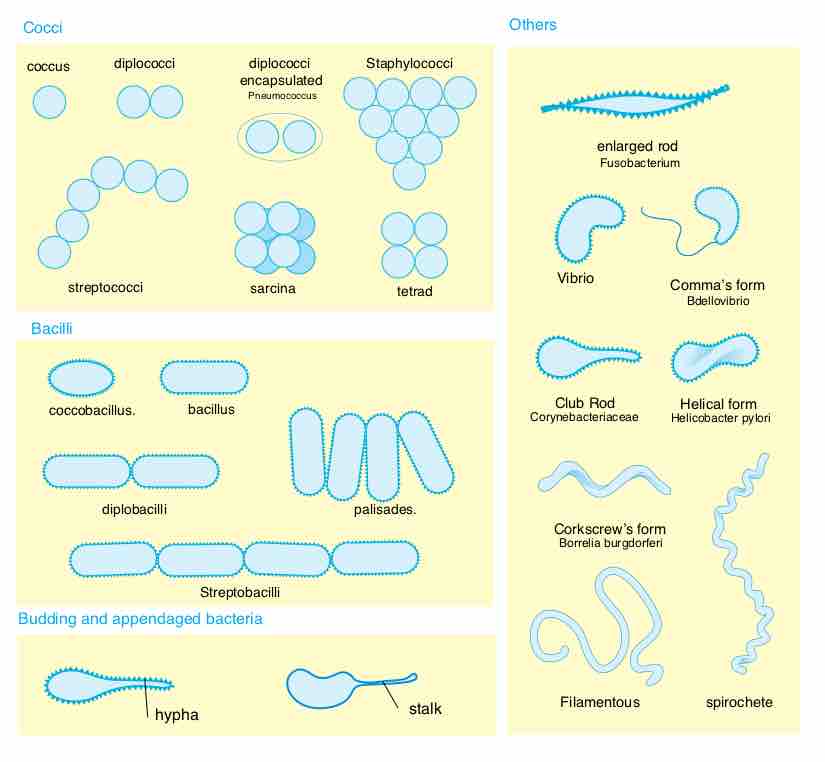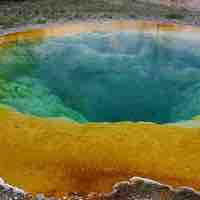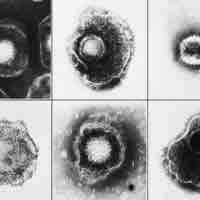Section 5
Methods of Classifying and Identifying Microorganisms
Book
Version 6
By Boundless
By Boundless
Boundless Microbiology
Microbiology
by Boundless
4 concepts

Phenotypic Analysis
Microorganisms can be classified on the basis of cell structure, cellular metabolism, or on differences in cell components.

Classification of Prokaryotes
Prokaryotic organisms were the first living things on earth and still inhabit every environment, no matter how extreme.

Phylogenetic Analysis
The molecular approach to microbial phylogenetic analysis revolutionized our thinking about evolution in the microbial world.

Nongenetic Categories for Medicine and Ecology
In medicine, microorganisms are identified by morphology, physiology, and other attributes; in ecology by habitat, energy, and carbon source.